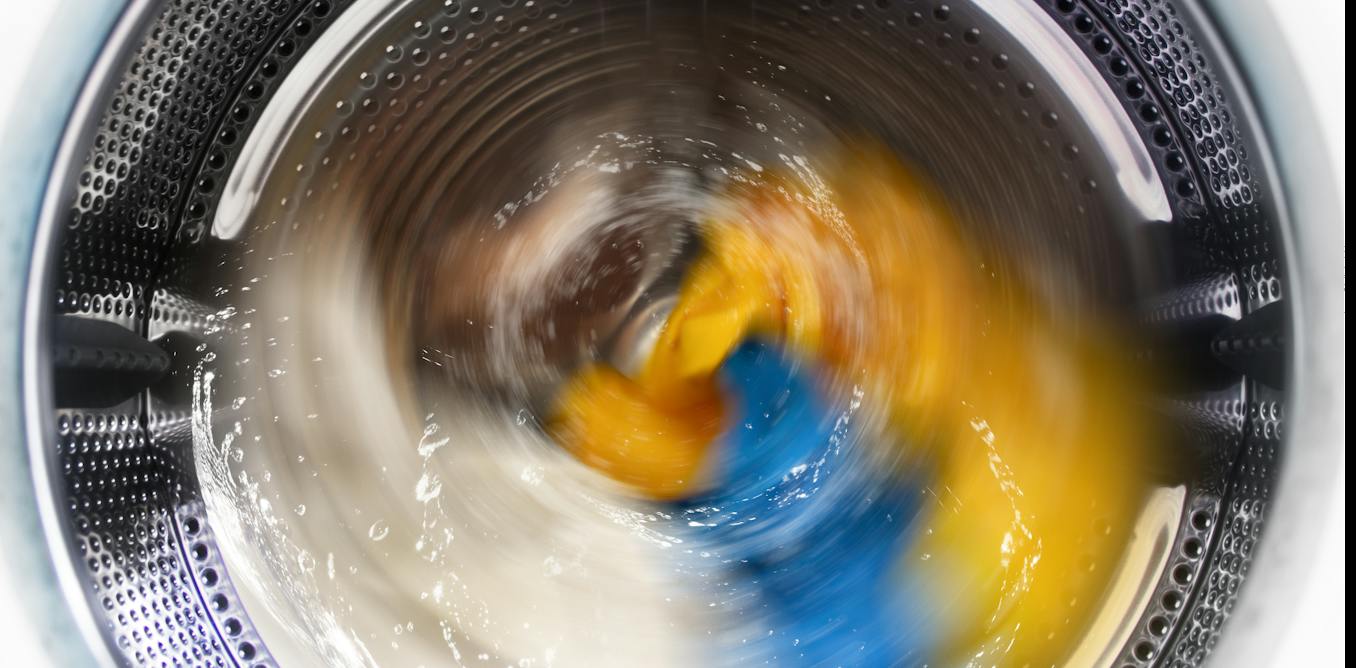The most common microplastics in the environment are microfibers—plastic fragments shaped like tiny threads or filaments. Microfibers come from many sources, including cigarette butts, fishing nets and ropes, but the biggest source is synthetic fabrics, which constantly shed them.
Textiles shed microfibers while they are manufactured, worn and disposed of, but especially when they are washed. A single wash load can release several million microfibers. Many factors affect how many fibers are released, including fabric type, mechanical action, detergents, temperature and the duration of the wash cycle.



More people need to read the millionaire next door. It applies to health as well. Spend a little more on real cuts of steak, chicken, pork, etc and you will be healthier and eat less. Don’t have time to cook you say? There are these wonderful thing called an instant pots and crock pots. They can do the cooking while you do other stuff. Hit the clearance rack in the meat department and/or pay $60/year for Costco where that $60 will save you more money than you can imagine.